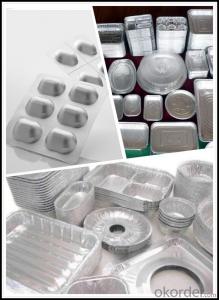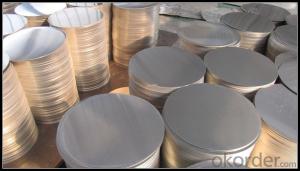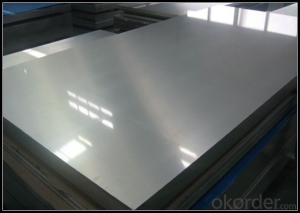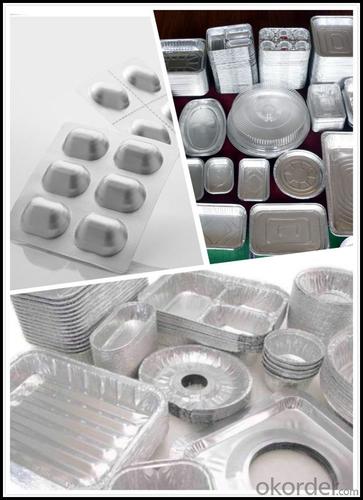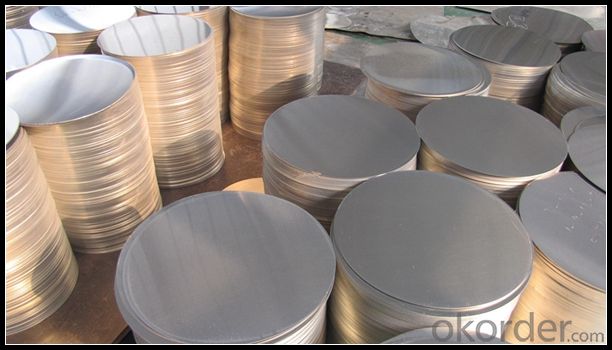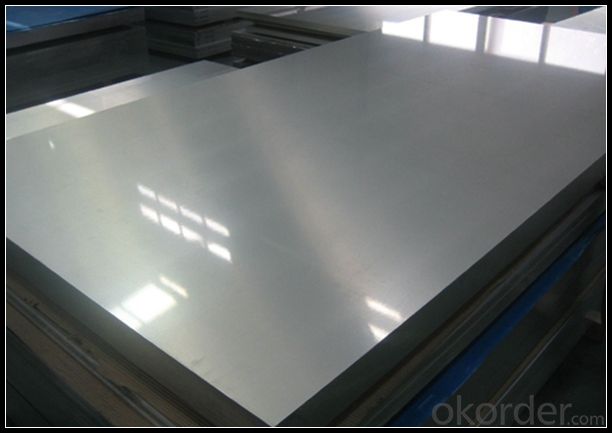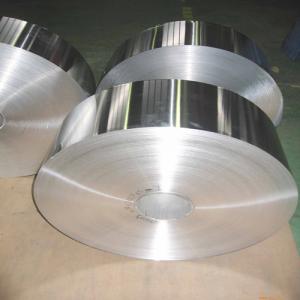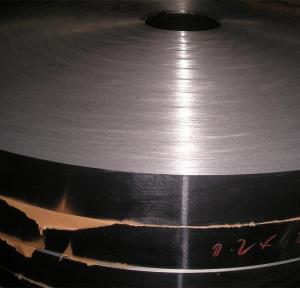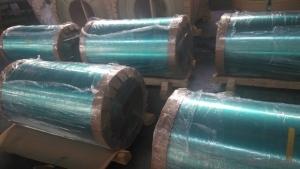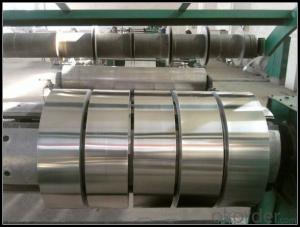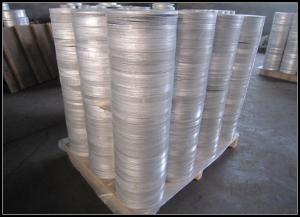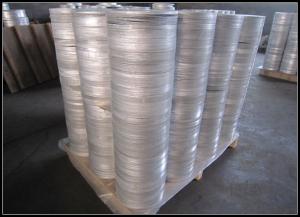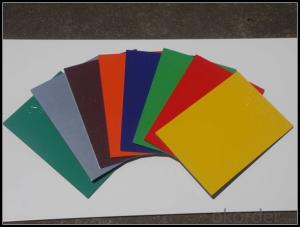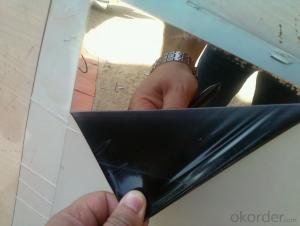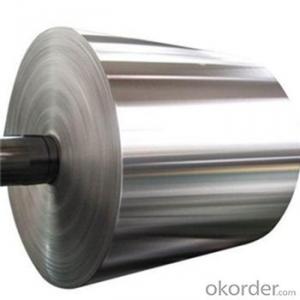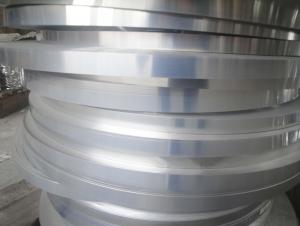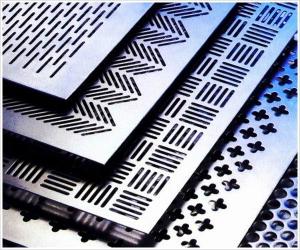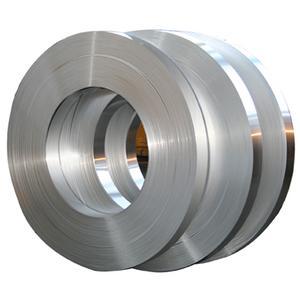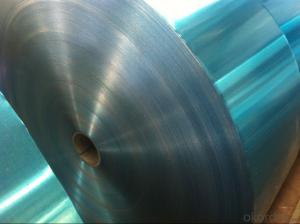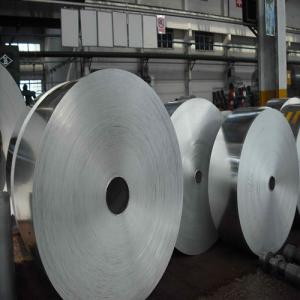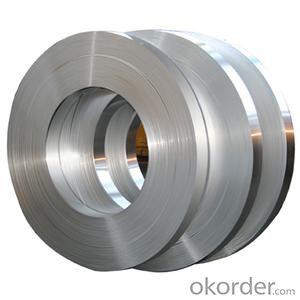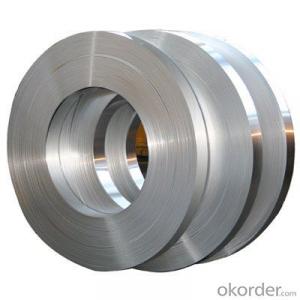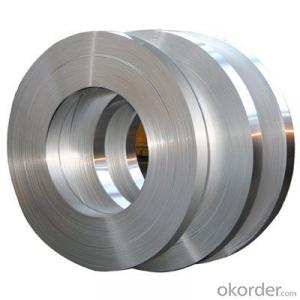Aluminum Strips With Holes for Hot Sell Mirror Light Bulb Aluminum Sheets
- Loading Port:
- Tianjin
- Payment Terms:
- TT OR LC
- Min Order Qty:
- 1 m.t.
- Supply Capability:
- 4999 m.t./month
OKorder Service Pledge
OKorder Financial Service
You Might Also Like
Specification
1. Specification of Aluminum
1) Alloy | 1050, 1060,1100, 3003 3004 3105 3005 5005 5052 etc |
2) Temper | O/H12/H14/H1/H18/H32/H34/H36/H38//H111/H112/H116/H321/T6/T651/T3/T351 etc |
3) Thickness | 0.1mm to 6mm |
4) Width | 20mm to 3300mm |
5) Coil weight | 100kgs to 6 tons depends on actual requirement |
6) Core material | Aluminum alloy |
7) Coil Inner diameter | 76mm, 152mm,or as required |
2. Application of Aluminum
(1).Alumina
(2).Sulfates
(3).Niche compounds..
3. Feature of Aluminum
This knowledge base has led to improvements in properties that are important to aircraft applications. This review covers the performance and property requirements for airframe components in current aircraft and describes aluminum alloys and product forms which meet these requirements. It also discusses the structure/property relationships of aluminum aircraft alloys and describes the background and drivers for the development of modern aluminum alloys to improve performance. Finally, technologies under development for future aircraft are discussed.
4. Certificate:
SGS and ROHS(if client request, paid by client), MTC(plant provided), Certificate of Origin(FORM A, FORM E, CO), Bureau Veritas and SGS (if client request, paid by client), CIQS certificate
5. Image of Aluminum
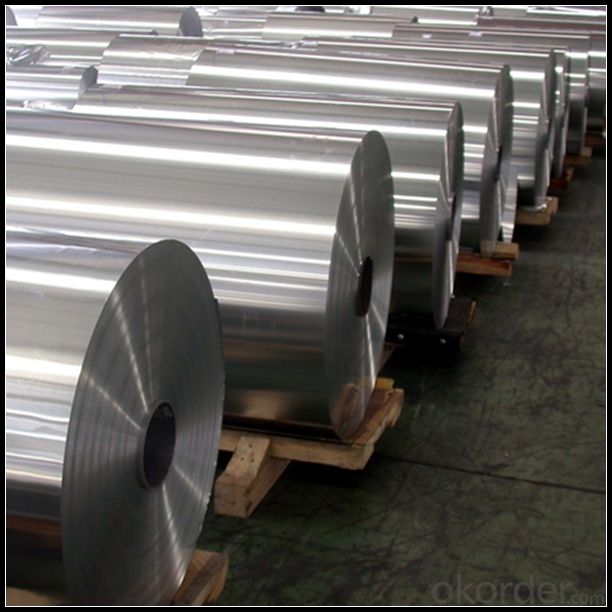
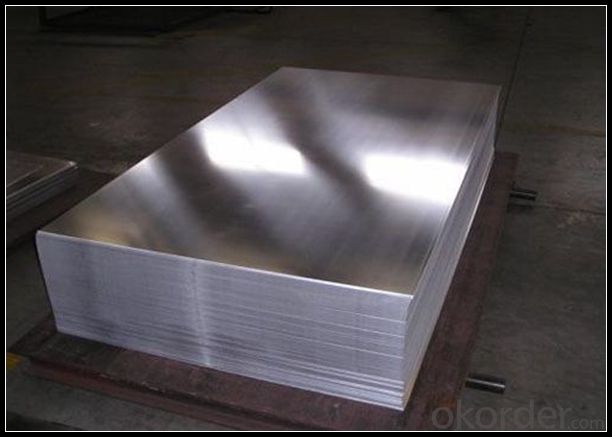
6. Our Service
1. Reply your enquiry in 24 working hours. |
2. OEM, buyer design, buyer label services provided. |
3. Exclusive and unique solution can be provide to our customer by our well traned and professional engineers and staffs. |
4. We can provide free sample for your check |
5. We have the certification of ISO 9001 |
6. Timely delivery |
7. Special discount and protection of sales area provided to our distributor. |
8. Good after-sale service. |
7. FAQ
Q: What is the produce prase? | ||||
A: Normally it would be 40days after received your deposit. | ||||
Q: Can you provide free samples? | ||||
A: Yes, free samples will be sent to you on freight at destination. | ||||
Q: Can I get your latest catalogue? | ||||
A: Yes, it will be sent to you in no time. | ||||
Q: What is the MOQ? | ||||
A: 3 tons | ||||
Q: What are your payment terms? | ||||
A: We accept L/C, D/A, D/P, T/T, West Union,etc. |
- Q: This question asks for a list of various types of aluminum components used in the automotive industry.
- <p>Aluminum is widely used in the automotive industry due to its lightweight and high strength. Different types of automotive aluminum parts include engine components such as cylinder heads and blocks, transmission housings, suspension parts like control arms and knuckles, wheels and rims, body panels, and doors. Other applications include heat exchangers, radiators, and various brackets and structural components. The use of aluminum can significantly reduce the weight of vehicles, improving fuel efficiency and performance.</p>
- Q: Is it possible to use aluminum strips for exterior trim applications?
- <p>Yes, aluminum strips can be used for exterior trim. They are lightweight, durable, and resistant to corrosion, making them suitable for outdoor use. Aluminum trims are low maintenance and can withstand various weather conditions without rusting. They are also available in a variety of colors and finishes, allowing for flexibility in design. However, it's important to ensure proper installation and use high-quality materials to guarantee longevity and performance.</p>
- Q: This question asks about the uses of aluminum strips within the construction industry.
- <p>Aluminum strips are widely used in construction due to their strength, durability, and resistance to corrosion. They are commonly used in the manufacturing of window and door frames, as they are lightweight and provide excellent thermal insulation. Aluminum strips are also used in the construction of scaffolding, roofing, and cladding systems due to their high strength-to-weight ratio and ease of installation. Additionally, they are employed in electrical wiring as conduits and in the framing of structural components due to their non-magnetic and non-sparking properties, making them safe for use around electrical equipment.</p>
- Q: The user is inquiring if it's possible to use recycled paints or coatings to prevent rust and corrosion on aluminum strips.
- <p>Yes, you can use recycled paints or coatings to protect aluminum strips from rusting or corrosion. However, it's important to ensure that the recycled paints are compatible with aluminum and offer sufficient protection. Recycled paints should be free from contaminants that could compromise the protective layer. Additionally, the application process should be done correctly to ensure an even and effective coating. It's also recommended to test a small area first to verify the effectiveness of the recycled paint or coating before applying it to the entire surface of the aluminum strips.</p>
- Q: This question asks for guidance on ensuring the correct installation and ongoing maintenance of an aluminum strip.
- <p>To ensure your aluminum strip is properly installed and maintained, follow these steps: First, ensure the surface where the strip will be installed is clean and free of debris. Use a high-quality adhesive that is compatible with aluminum for installation. Apply the adhesive evenly and press the strip firmly into place. Check for any gaps or misalignments and correct them immediately. For maintenance, regularly clean the strip to prevent dirt buildup. Avoid using harsh chemicals that could damage the aluminum. Inspect the strip periodically for signs of wear or damage and repair or replace as necessary. Proper installation and regular maintenance will extend the life of your aluminum strip and ensure its functionality.</p>
- Q: Explain the distinctions between standard and custom aluminum products.
- <p>Standard aluminum products are mass-produced items with fixed specifications and designs, readily available in the market. They are cost-effective and quick to acquire but may lack specific features needed for unique applications. Custom-made aluminum products, on the other hand, are tailored to meet specific client requirements. They involve a design and manufacturing process that aligns with the client's exact needs, often resulting in a product with unique dimensions, finishes, or functionalities. This customization can lead to higher costs and longer lead times but ensures the product fits the intended application perfectly.</p>
- Q: What are the typical applications of aluminum strips within the construction industry?
- <p>Aluminum strips are commonly used in construction for various purposes due to their strength, durability, and lightweight properties. They are often used as a component in the manufacturing of aluminum windows and doors for their high strength-to-weight ratio and resistance to corrosion. Aluminum strips are also utilized in the construction of curtain walls, which are the outer coverings of buildings, for their aesthetic appeal and low maintenance requirements. Additionally, they are employed in roofing systems for their ability to withstand harsh weather conditions and resist rust. Furthermore, aluminum strips are used in the framing of buildings and in the creation of structural supports due to their high tensile strength.</p>
- Q: This question asks for methods to identify if the roof material is aluminum strips.
- <p>To determine if your roof is made of aluminum strips, you can look for the following characteristics: 1) The roof has a shiny, metallic appearance, which is typical of aluminum. 2) The strips are lightweight and flexible, making them easy to handle. 3) They are often interlocking, which is a common feature of aluminum strip roofing. 4) Check for any manufacturer's markings or labels that might indicate the material. If you're unsure, a professional roof inspector can help confirm the material by examining the roof closely or taking a small sample for testing.</p>
- Q: Can the 6 square aluminum wires carry 3 pieces of air?
- Yes, please feel free to use it.
- Q: Describe the steps involved in the manufacturing process of aluminum strips.
- <p>The process for manufacturing aluminum strips involves several key steps. Initially, aluminum ingots are melted in a furnace, often using a direct current furnace for better control over the melting process. The molten aluminum is then poured into molds to create a cast billet. This billet is then heated and passed through a series of rolling mills to reduce its thickness and achieve the desired strip dimensions. During rolling, the aluminum is continuously cooled to control its temperature and maintain its mechanical properties. After rolling, the aluminum strip may undergo additional processes such as annealing to improve ductility or coating to provide a protective layer. Finally, the strip is cut to length, inspected for quality, and packaged for distribution.</p>
Send your message to us
Aluminum Strips With Holes for Hot Sell Mirror Light Bulb Aluminum Sheets
- Loading Port:
- Tianjin
- Payment Terms:
- TT OR LC
- Min Order Qty:
- 1 m.t.
- Supply Capability:
- 4999 m.t./month
OKorder Service Pledge
OKorder Financial Service
Similar products
Hot products
Hot Searches
Related keywords
